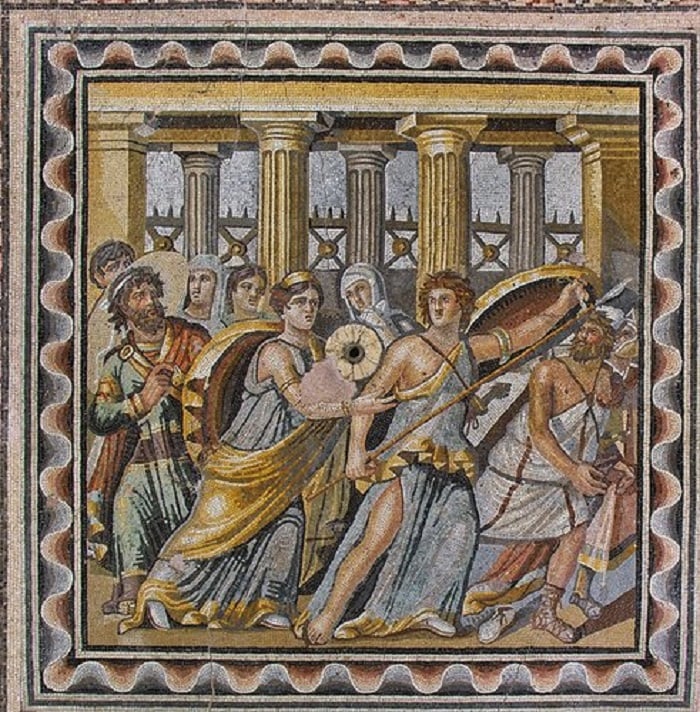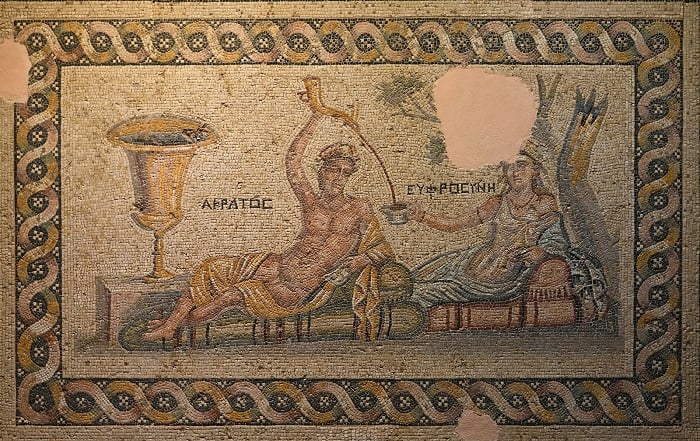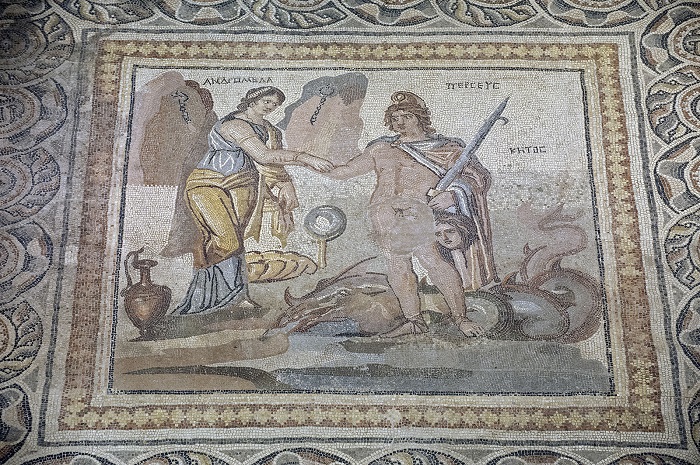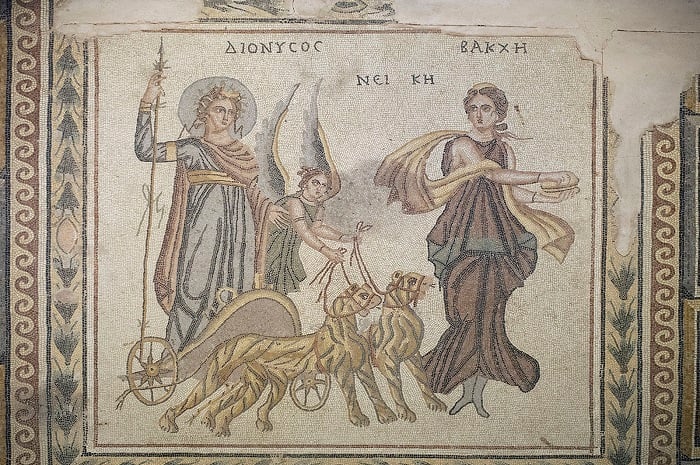
The ancient Greek mosaics of Zeugma in Turkey are true archaeological treasures that can still be admired at the Zeugma Mosaic Museum in Gaziantep, Turkey.
The 30,000-square-meter (320,000 square foot) museum, which opened its doors in September of 2011 is the largest mosaic museum in the world, containing 1,700 square meters (18,000 square feet) of ancient works of art.

The museum focuses on the mosaics found in Zeugma, which was originally founded as Seleucia by Seleucus I Nicator, a general in Alexander the Great’s Army, in 305 BC.
After Alexander’s death, his generals divided his empire among themselves. Although Seleucus moved his main capital to Antioch, Seleucia became an important center of trade, Hellenistic culture, and regional government under the Seleucids.

The city was populated by Greeks, Syrians, and Jews. It was an affluent city with a population of eighty thousand and in the 2nd and 3rd century BC was of sufficient stature to be compared to another great center of Hellenism, Alexandria, in Egypt.
The Roman Empire’s forces conquered the city in 64 BC, renaming it Zeugma (meaning “bridge” or “crossing” in ancient Greek).

The Romans held Zeugma until 253 AD, when the Persian Sassanids conquered the city, putting a violent end to its most significant years.
The ancient Greek mosaics of Zeugma
The treasures of Zeugma, including its vaunted mosaics, remained relatively unknown until the year 2000. Zeugma is now eighty percent underwater after it was flooded with the waters of a nearby artificial lake.

Archaeologists were alarmed at the flooding of the area and immediately began excavations to save the ancient treasures.
Most of the Greek mosaics of Zeugma, which were recovered in excellent condition, belong to the 2nd century BC preceding the Romans.

However, some of the mosaics appear to belong to the Roman era, as they depict Greek and Roman deities together.
In addition, some of the mosaics deviate from purely Hellenistic style and imagery, with archaeologists placing them in the Roman era of the city’s history.

The archaeological site of Zeugma
The archaeological site of Zeugma is a UNESCO World Heritage Center, located ten kilometers (six miles) away from Nizip within the boundaries of Gaziantep.
The preserved parts of the ancient city include the Hellenistic Agora, the Roman Agora, two sanctuaries, the stadium, the theater, two bathhouses, and the Roman legion military base.
Remains of the administrative structures of the Roman legion, the majority of the residential quarters, Hellenistic and Roman city walls, and the East, South and West necropolis can also be found there.
The archaeological site of Zeugma is of immense historical significance in the understanding of the ancient integration of Hellenistic and Semitic cultural spheres and the birth of syncretistic hybrid cultures in the region.
See all the latest news from Greece and the world at Greekreporter.com. Contact our newsroom to report an update or send your story, photos and videos. Follow GR on Google News and subscribe here to our daily email!



